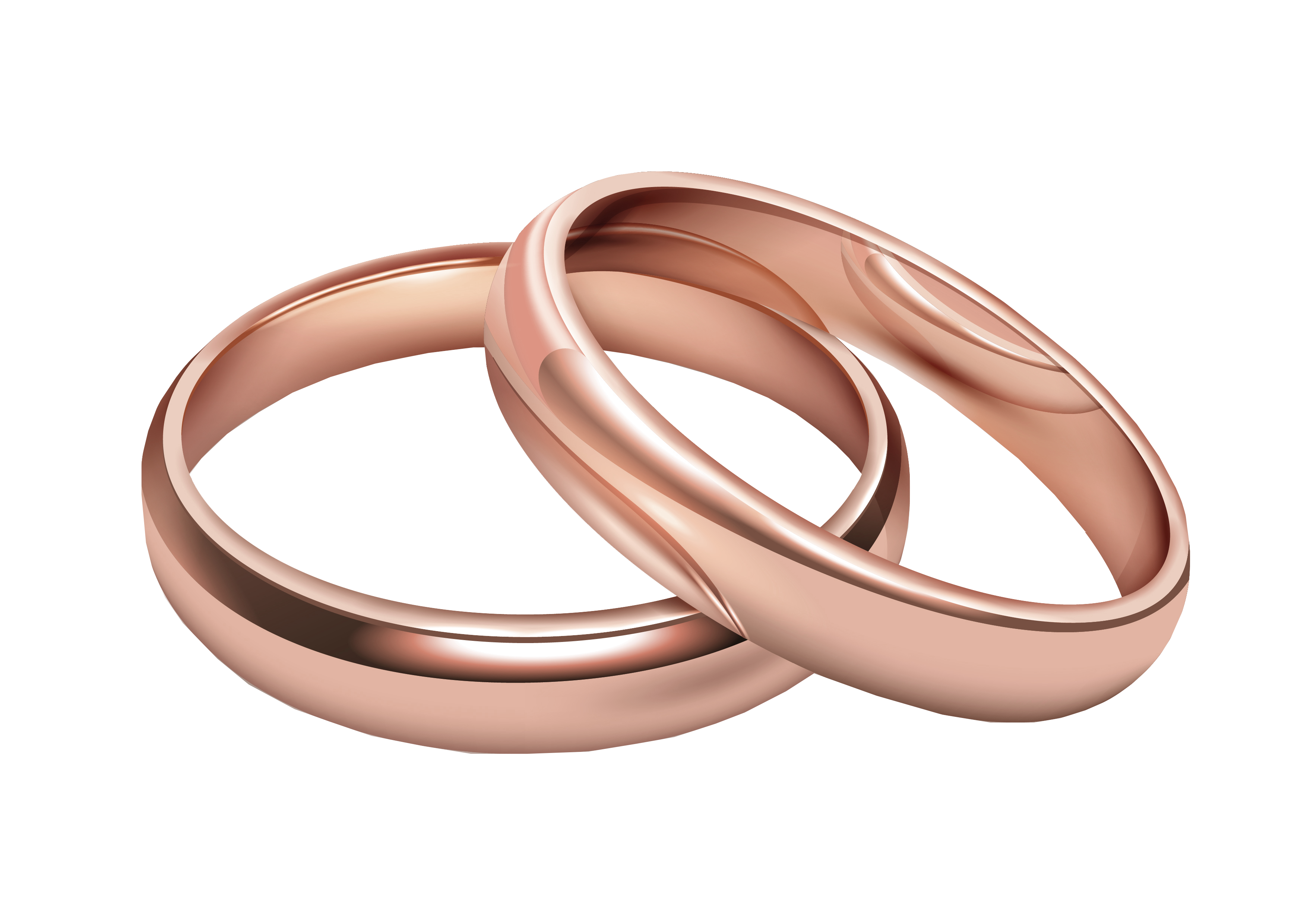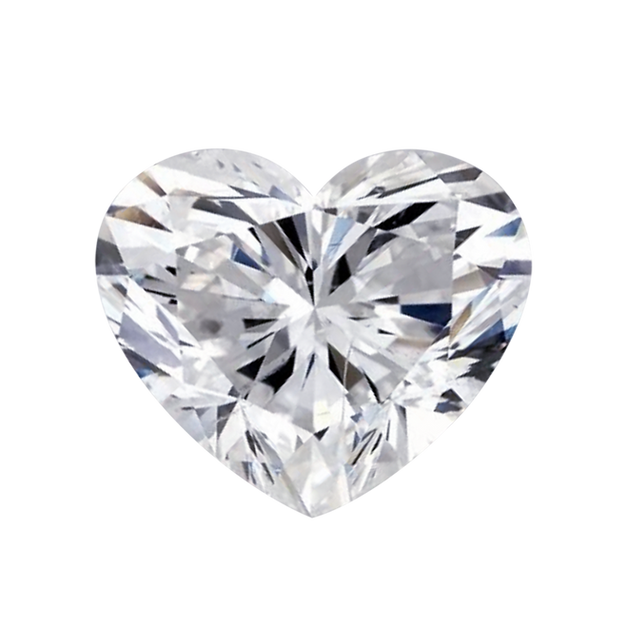
Store Location:
Room 3206, 32/F, Kimberland Centre, 55 Wing Hong Street, Lai Chi Kok, Kowloon
Accessories
Rings
占星系列 >
幸運物系列 >
國風系列 >
Classic Round Lab Diamonds
Fancy Cut Lab Grown Diamonds
Lab Grown Coloured Diamonds
Classic Round Cut Diamonds
Fancy Cut Natural Diamonds
Tel: 35007162
Mon-Fri:10am-6pm
Room 3206, 32/F, Kimberland Centre, 55 Wing Hong Street, Lai Chi Kok, Kowloon
Store Location




Mount Tisé offers pear-shaped lab-grown diamonds, a perfect choice that combines softness and elegance. These diamonds, with their unique teardrop shape and smooth cutting lines, present a captivating visual effect. The distinctive shape not only enhances the slender beauty of the fingers but also showcases endless brilliance with every light reflection. This cutting technique perfectly merges classic and innovative elements, making each lab-grown diamond a symbol of sustainable aesthetics and a commitment to the future.
Pear-shaped Lab Grown Diamonds
EXPLORE DIAMONDS


Choose the ring setting
After selecting your desired loose diamond, the next step is to choose the perfect setting for your precious gemstone. Our diverse range of ring settings, from classic elegance to modern chic, is designed to enhance the brilliance of your main diamond. Discover an array of breathtaking designs that will make your diamond shine even more radiantly in its exclusive setting.
Design your own ring
It's not just about choosing, it's about creating—Mount Tisé offers limitless possibilities for custom-made diamond rings. Whether you bring your own design or let our designers craft a unique ring tailored for you, Mount Tisé can transform your unique vision into an extraordinary custom diamond ring, beautifully showcasing your love story in dazzling jewellery.
Popular Pear Shaped Diamond Ring Styles

All You Need to Know About
Pear Shaped Diamonds
About Pear Shaped Ratio
Pear-shaped diamonds typically have a length-to-width ratio ranging from 1.40 to 1.60, with the most common range being between 1.40 and 1.50. This unique cut combines the features of round and teardrop shapes, creating a distinctive visual effect. Pear-shaped diamonds with a higher length-to-width ratio appear more elongated, while those with a lower ratio have a rounder appearance. Unlike traditional diamond cuts, pear-shaped diamonds do not have an official cut grade standard. Therefore, personal preference and overall aesthetic should be considered when choosing a diamond. Below is a reference chart for pear-shaped diamond cut grades to help you select the perfect diamond.


1.60

1.50

1.40
Very Thin - Slightly Thick
Very Good
Very Thin - Slightly Thick
53-63
Excellent
Girdle
Table %
Good
Fair
Poor
Depth %
58-62
56-57.9 or 62.1-66
53-55.9 or
66.1-71
50-52.9 or
71.1-74
<50 or>74
Length-to-Width Ratio
Length-to-Width Ratio
1.40-1.44 or
1.56-1.65
1.35-1.39 or
1.66-1.80
1.25-1.34 or
1.81-2.00
>1.25 or <2.00
51 or 66-68
50 or 69-70
<50 or >70
Very Thin - Thick
Very Thin - Very Thick
Extremely Thin - Extremely Thick
左右滑動以查看
左右滑動以查看

Pear Shaped Diamond Colour
The colour grading of diamonds ranges from D (completely colourless, the highest grade) to Z (light yellow). Diamonds graded D to F are considered colourless, while those graded G to J are nearly colourless, with the colour becoming increasingly noticeable as you move down the scale. Generally, the closer a diamond is to being colourless, the more valuable it is, though certain colour grades, like light yellow, can have their own unique appeal.
To assist you in selecting the right diamond, we have provided a reference chart below for pear shaped diamond colour grades to help you choose the appropriate diamond.



左右滑動以查看

Pear Shaped Diamond Clarity
Clarity refers to a diamond's degree of internal and surface imperfections (known as inclusions and blemishes). Clarity grades range from Flawless (FL/IF) to Included (I1-I3). Diamonds with higher clarity grades have fewer imperfections, making them rarer and more expensive, while diamonds with lower clarity grades have more noticeable flaws, but can still display beautiful brilliance in certain cases.
To assist you in selecting the right diamond, we have provided a reference chart below for pear shaped diamond clarity grades to help you choose the appropriate diamond.
VS1-VS2
Very Good
FL-VVS2
FL-VS2
Excellent
1.00-2.00ct
<0.50ct
Good
0.51-1.00ct
FL-VS1
VS2-SI1
SI2
>2.00ct
FL-VVS2
VS1-VS2
SI1
SI2
SI1

Diamond quality certification
Mount Tisé diamonds come with a diamond certification, particularly from the International Gemological Institute (IGI), providing authoritative quality assurance. This certificate details the 4Cs characteristics of your lab-grown diamond - cut, clarity, colour, and carat weight. It not only verifies the diamond's authenticity and value but also ensures that you are purchasing an ethically produced and environmentally friendly gem. With this certification, you can buy with confidence, enjoying a transparent and reliable shopping experience.
Other Diamonds
Shop Diamonds by Shape
Shop Diamonds by Colour

Lab-grown Diamonds
Crafted with advanced technology, Mount Tisé's diamonds exhibit the same brilliance and beauty as natural diamonds. These diamonds are not only more affordable but also embody a commitment to environmental and social responsibility, making them a perfect blend of fashion and sustainability.

Natural Diamonds
Originating from the depths of the Earth and formed over billions of years, these diamonds are not only rare and precious but also imbued with unique stories and the mysteries of nature. Each diamond adds timeless brilliance and pure elegance to your special moments.
Shop Diamonds by Origin

Make a Reservation
We invite you to explore the world of Mount Tisé. Begin your exquisite jewellery experience today! Whether you prefer to visit us in-store for a personal fitting or seek an online consultation, our expert jewellery specialists are here to answer all your questions, offer professional advice, and recommend the perfect pieces tailored to your story and taste. Book now and start crafting your unique jewellery journey.
FAQ
About Pear Shaped Lab Grown Diamonds
When selecting a pear-shaped diamond, the key to balancing budget and quality is to prioritise the diamond's cut quality and overall appearance. The cut of a pear-shaped diamond significantly affects its brilliance and sparkle, making it crucial to choose a well-cut diamond. Additionally, you can compromise slightly on colour and clarity, opting for a slightly lower grade that still appears flawless to the naked eye but is more budget-friendly.
Another smart strategy to reduce costs is to choose a diamond slightly below common carat weights (e.g., 0.9 carats instead of 1 carat), which can lower the price without significantly impacting the appearance or quality. By following these strategies, you can select a reasonably priced pear-shaped diamond without sacrificing its appearance and quality.
Pear-shaped diamonds, with their distinctive teardrop shape, combine the best features of round and emerald cuts, showcasing unmatched elegance and uniqueness. The perfect blend of a pointed tip and rounded arc not only enhances the overall brilliance and sparkle of the diamond but also makes it appear larger visually. This shape is versatile and suits various jewellery styles, especially rings, creating a slender and graceful appearance on the wearer's finger. Moreover, pear-shaped diamonds often offer better value compared to traditional round or square diamonds, making them an ideal choice for those seeking a unique and character-rich gem.
To authenticate lab-grown diamonds, you should first rely on professional certifications such as those from GIA (Gemological Institute of America) or IGI (International Gemological Institute). Lab created diamonds share the same chemical and physical properties as natural diamonds, but specialised instruments like spectrometers can detect subtle differences by examining internal structure patterns or using ultraviolet light. Additionally, lab-grown diamonds often have specific marks, such as laser inscriptions, to confirm their identity. Choosing reputable suppliers and requesting certification reports during purchase are crucial steps in verifying the authenticity of lab-grown diamonds.
Lab-grown diamonds often surpass natural diamonds in quality. This is because the production process in a laboratory under precisely controlled conditions can significantly reduce the inclusion of impurities, ensuring the diamonds' purity and colour consistency. Unlike natural diamonds that take billions of years to form deep within the Earth and may contain natural flaws, lab-grown diamonds benefit from this controlled environment, often resulting in higher clarity and better cut quality. Consequently, lab created diamonds can offer superior options in terms of visual appeal and technical characteristics compared to traditional natural diamonds.
Lab-grown diamonds are synthetic diamonds created under laboratory conditions. This process mimics the natural conditions under which diamonds are formed within the Earth and is primarily achieved using High-Temperature High-Pressure (HTHP) or Chemical Vapor Deposition (CVD) techniques.
HTHP: In this method, carbon elements are subjected to high temperatures and pressures that simulate the Earth's crust conditions, transforming the carbon into diamonds.
CVD: This method involves decomposing carbon source gases in a gas mixture and depositing the carbon onto a specific substrate to grow the diamond.
Both techniques produce lab diamonds with the same structure and optical properties as natural diamonds, offering high-quality and affordable options.
Lab-grown diamonds, also known as synthetic or lab-created diamonds, are gemstones scientifically synthesised under controlled conditions to have the same chemical structure and physical properties as natural diamonds. Unlike natural diamonds, which are formed over billions of years deep within the Earth, lab-grown diamonds are produced much faster and more environmentally friendly. The production process is also more cost-effective and ensures the diamonds are conflict-free. While visually and structurally indistinguishable from natural diamonds, lab diamonds offer a more sustainable and economical alternative.






































































